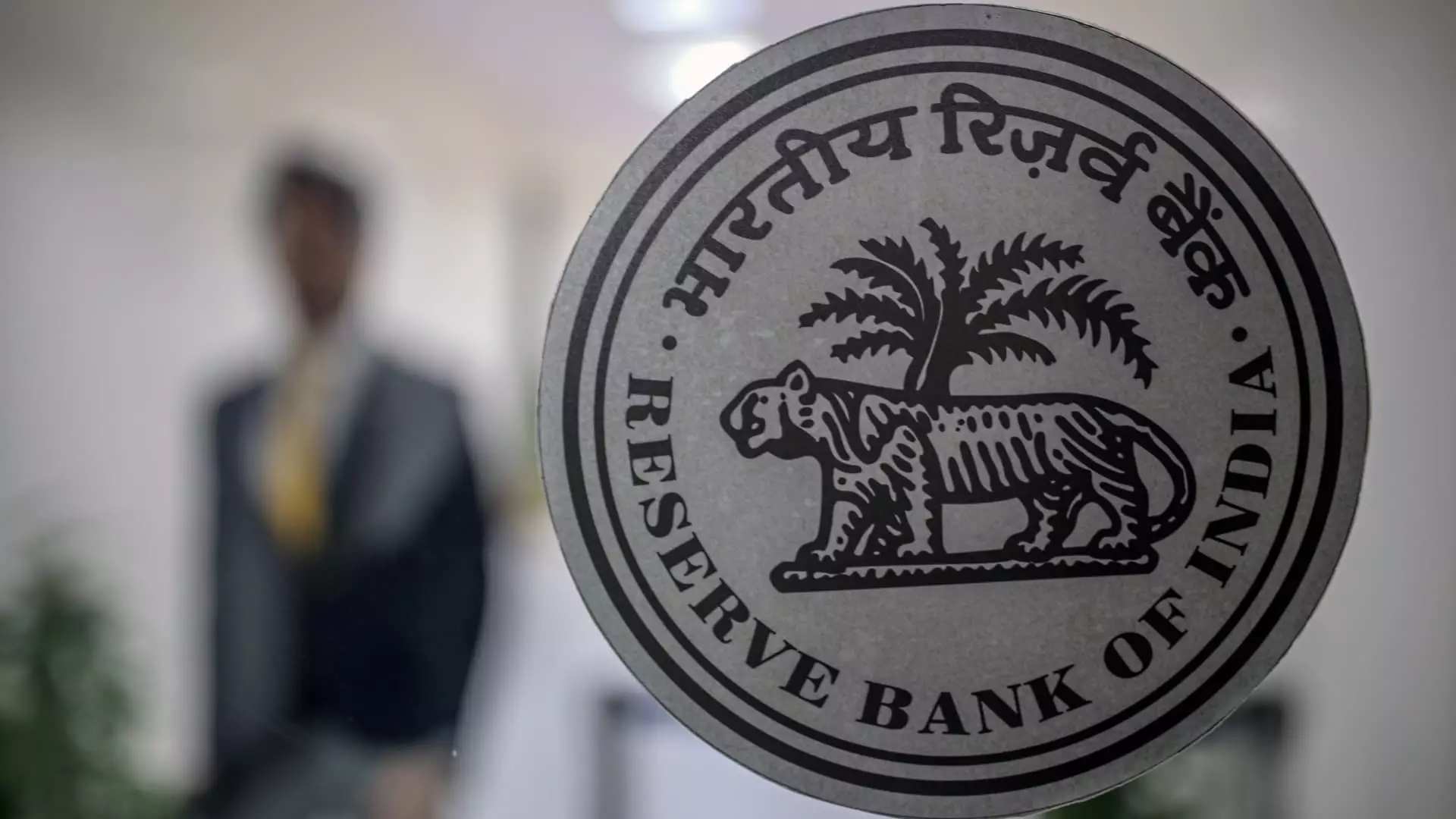India’s economic landscape is currently at a pivotal juncture, marked by the Reserve Bank of India’s (RBI) recent decision to maintain the benchmark interest rate at 6.50%. Despite mounting inflationary pressures, which saw consumer prices rise to a 14-month high of 6.21% in October, the RBI has opted for caution, reflecting the delicate balance policymakers must strike between stabilizing prices and fostering growth in Asia’s third-largest economy.
The inflation rate, which exceeds the RBI’s upper tolerance threshold of 6% and significantly outstrips its targeted 4%, presents a formidable challenge. Rising prices erode consumer purchasing power and create uncertainty in business operations, hindering investment. As inflation remains stubbornly high, the RBI is caught between a rock and a hard place: tightening monetary policies further could stifle economic growth, while loosening them risks exacerbating inflation.
Governor Shaktikanta Das acknowledged this complexity, noting that while the inflation outlook is troubling, the RBI’s primary concern remains the broader economy. With GDP growth projections downgraded from 7.2% to 6.6% for fiscal year 2025, the RBI’s task is increasingly difficult, particularly given the recent slowdown reflected in a mere 5.4% growth in the July to September period. This rate fell well below the anticipated 6.5% growth, raising concerns over the robustness of the economic recovery post-pandemic.
The recent GDP figures paint a sobering picture. The growth rate of 5.4% marks the slowest performance in nearly two years, prompting fears that the measures taken by the RBI to control inflation could inadvertently hinder the nation’s recovery momentum. Such a slowdown not only raises questions about the effectiveness of current monetary policy but also necessitates urgent discussions among government officials about incentivizing growth through lower borrowing costs.
Finance Minister Nirmala Sitharaman and Trade Minister Piyush Goyal have vocally advocated for reduced interest rates to promote lending activities in a flagging economy. Sitharaman underscored the need for “far more affordable” bank interest rates to incentivize industry players to increase production capacities as the government seeks to reinvigorate economic activity. However, this push for lower rates meets head-on with the RBI’s cautious approach.
Governor Das’s recent remarks indicate a preference for a measured, rather than reactive, policy adjustment. He has described an immediate interest rate cut as “very premature” and “very, very risky”. The RBI’s shift in its policy stance from a more restrictive framework to a “neutral” approach is indicative of a recognition that the economic landscape requires monitoring and flexibility. However, such adjustments must not come at the expense of long-term economic health.
Moreover, the ongoing depreciation of the Indian rupee against the U.S. dollar adds a further layer of complexity. Measures to ease borrowing costs might spur domestic growth but could also lead to capital outflows and put additional pressure on an already vulnerable currency. The RBI’s careful navigation of these economic currents will be vital to maintaining stability.
Following the announcement on the benchmark interest rate, the reaction in equity and bond markets was telling. The Nifty 50 index managed to regain footing, reflecting a cautious optimism among investors, who recognize both the resilience of the market and the current challenges posed by economic realities. Concurrently, the bond market saw a dip in yields, indicating investor confidence amidst the uncertainty.
However, the disparities between Indian markets and broader Asian indices are stark. With the MSCI Asia ex-Japan index struggling, it’s clear that India’s performance stands out, albeit against a backdrop of persistent challenges.
The RBI’s decision to hold interest rates steady represents a broader struggle to balance the imperatives of economic stability and growth amid rising inflation. The confluence of various economic pressures—high inflation, sluggish growth, and currency fluctuations—requires not just immediate responses, but a long-term, strategic vision from policymakers.
As the RBI navigates through these turbulent waters, the need for coherent policies that support growth while maintaining financial stability will be crucial. Only time will reveal whether the RBI’s cautious approach will foster an enduring economic recovery or if it risks falling prey to the very inflationary pressures it seeks to contain. The path forward is fraught with challenges, but strategic foresight and flexible policy adjustments could chart a course toward sustained economic health.


Leave a Reply